by David Kulma
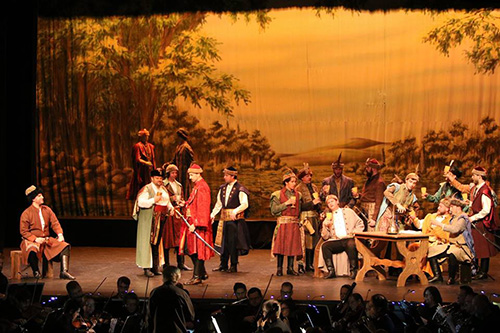
Moniuszko was influenced by the three main operatic streams of mid-19th-century Western Europe: French grand, Italian bel canto, and German Romantic. By mixing those with aspects of Polish song and dance, he created a national opera style. With a libretto by Jan Chęciński, Straszny dwór — loosely translated as “The Haunted Manor” — tells the tale of two 18th-century Polish brothers who return from war and renounce marriage and love. But when they visit Count Miecznik at his manor estate, they fall for his two daughters. The titular manor is humorously “haunted” by another suitor as a tactic to frighten away the brothers that ultimately backfires. As comedy prescribes, all is well at the end.

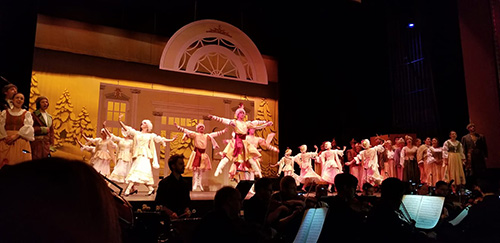
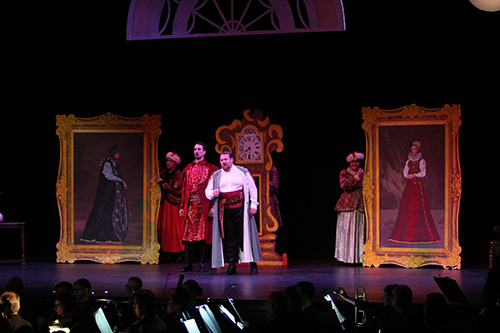
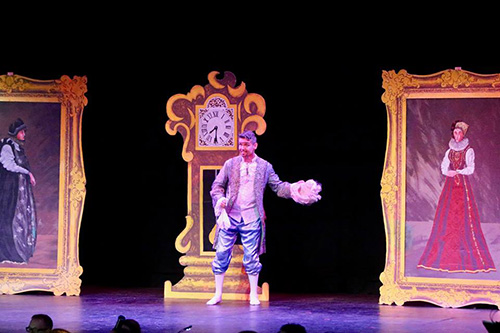
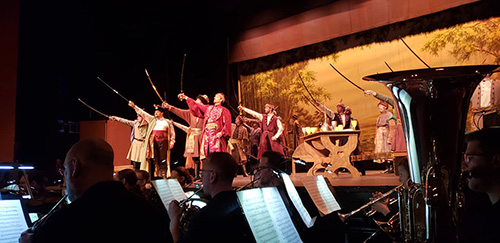
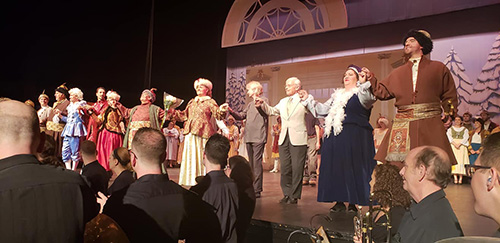
Photos by Malgorzata Zaczek & Seanmichael Kvacek.
Published on ClevelandClassical.com June 27, 2018.
Click here for a printable copy of this article



